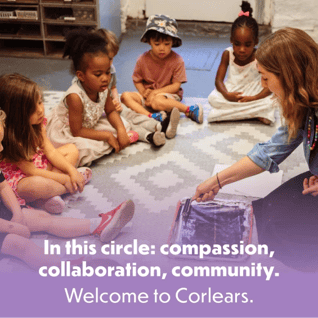.jpg?width=300&name=PreK%20students%20having%20fun%20with%20Jameel%20(1).jpg)
Program Overview
School Programs
Decades of deep thinking about early childhood education has gone into the development of the Corlears curriculum, and it shows in our graduates’ lifelong love of learning and their sense of responsibility to their community. Browse our available school programs below.
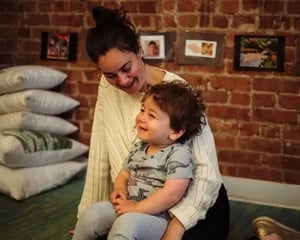
Toddlers
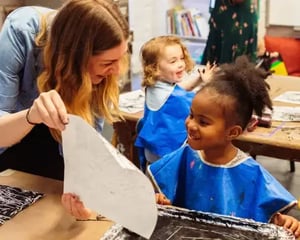
Nursery
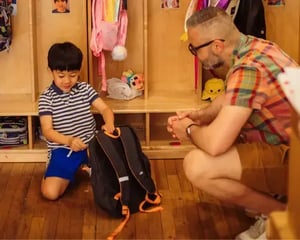
PreK
Optional Wraparound Care Program
Auxiliary Programs
At Corlears, we believe that the values that shape our community should be woven into every aspect of our daily lives, both inside and outside of the classroom. Corlears offers a variety of auxiliary programs that empower children to explore new interests, build connections, and have fun!
Corlears Plus is after school programming for families enrolled at Corlears School. Programming on the current page is for the 2025-26 school year.
Auxiliary programming, aside from Corlears Plus, is available to all families.
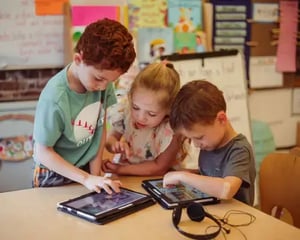
Corlears Plus
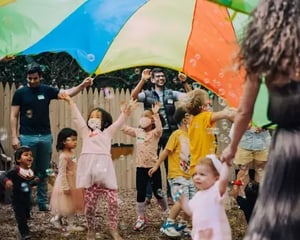
Learn. Play. Grow.
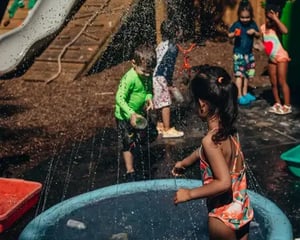
Camp Corlears
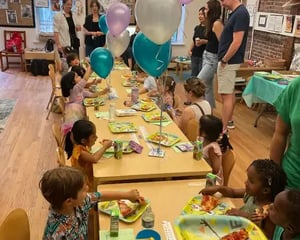
Birthday Parties
Why Choose Seedlings at Corlears?

Connect with Admissions
Interested in enrolling your child at Corlears School? Submit an inquiry and a member of the admissions team will follow up as soon as possible. For any questions, email us at admissions@corlearsschool.org. We look forward to getting to know your family!
